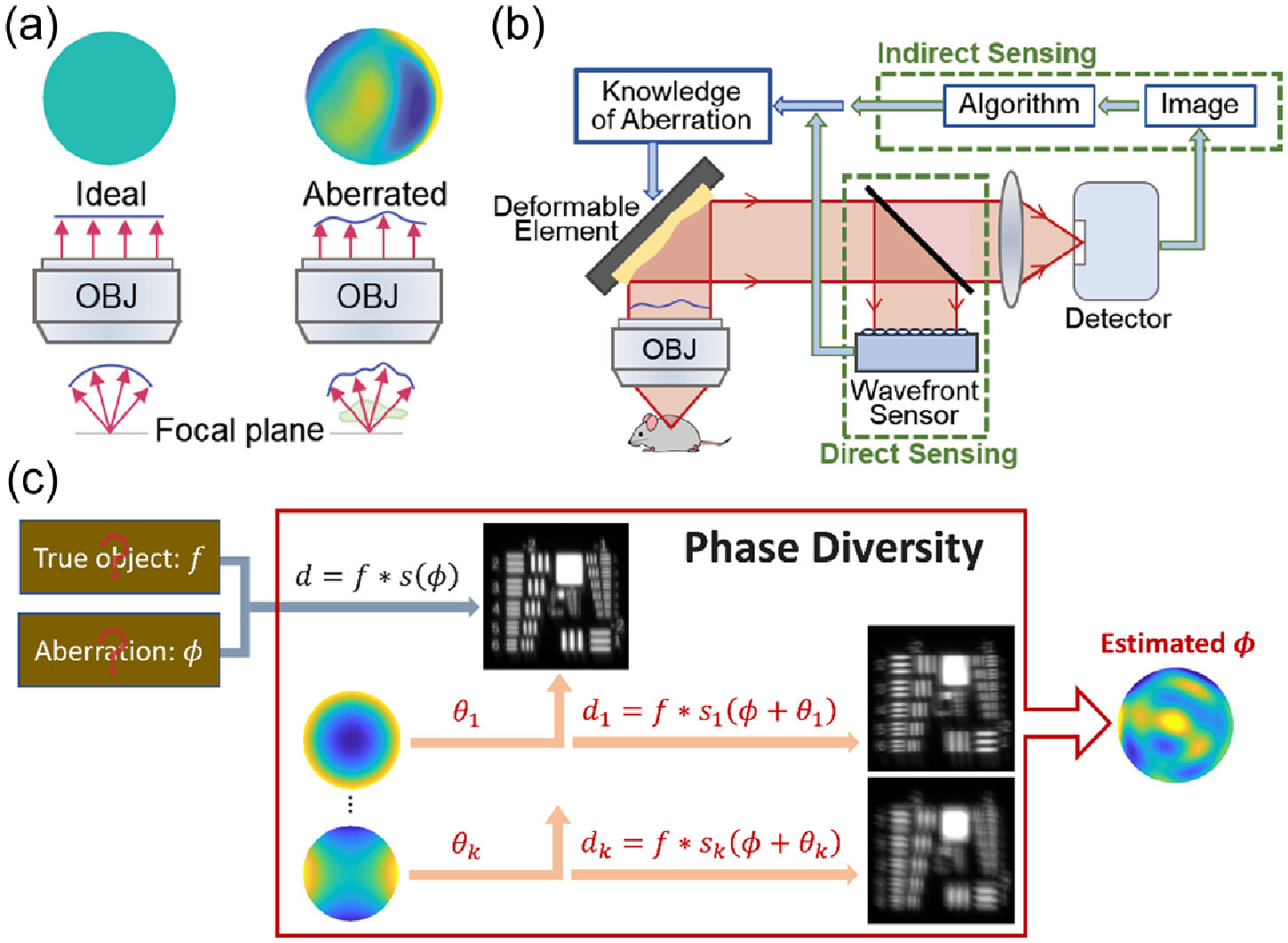Satellite data reveals anomalies up to 19 days before the 2023 earthquake in Turkey
The intensity map and geographical location of the 2023 Turkey earthquake. A black star indicates the epicenter of the earthquake (https://earthquake.usgs.gov/earthquakes). Credit: Journal for Applied Geodesy (2024). DOI: 10.1515/jag-2024-0024 Earthquakes may reveal their impending presence much earlier than previously thought due to a variety of anomalies in the ground, atmosphere and ionosphere that can be … Read more








